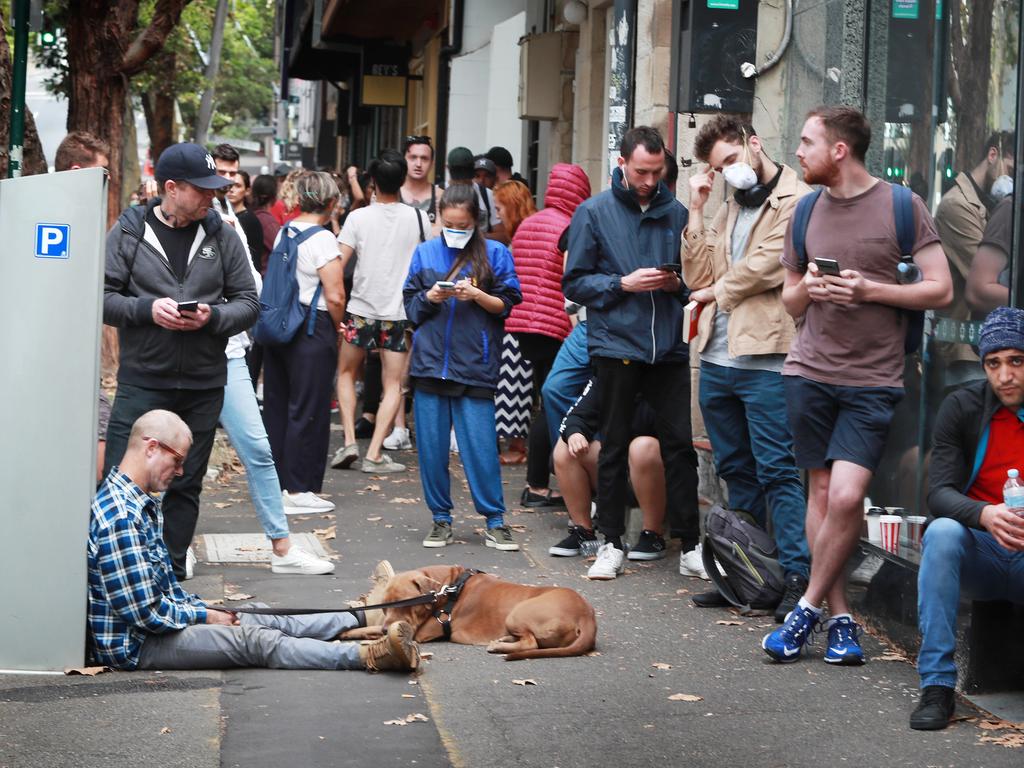Unexpected win for the elderly in government super measures
Retirees will benefit from the economic crisis package as two key retirement income arrangements are loosened.

Retirees will benefit from the economic crisis package as two key retirement income arrangements are loosened in a move that should allow them to increase access to the pension and better manage existing super savings.
The government has returned to GFC-era moves by reducing the so-called deeming rate and cutting the pension drawdown requirements, which will offer some much-needed financial breathing space to retirees at a time when they have watched their wealth tumble in synch with the downward spiral of the sharemarket.
The deeming rate is the amount the government “deems” (or assumes) a retiree is making on their investments and directly affects pension access. Compulsory drawdowns outline the percentage of income that must be withdrawn each year.
In relation to deeming rates, there are two bands: lower and upper. The government has approved new lower deeming rates for income-tested benefits. The measure is a further 0.25 per cent drop of the lower rate to 0.25 per cent, and the upper moves down to 2.25 per cent.
As it turns out, this is the second move on this issue. On March 12, the government had already announced a 0.5 percentage point reduction in the lower and upper social security deeming rates. The government now will reduce these rates by another 0.25 percentage points.
The cuts to the lower deeming rate are largely related to the cuts applied to the official cash rate by the Reserve Bank of Australia, which last week took the official rate down to a record low of 0.25 per cent. Although deeming is not formally linked to official rates, the lower rate is intended to reflect the fixed-income rates that pensioners might reasonably expect on cash deposits in the market.
Pensioner groups also had complained to the government that since the investment markets crisis broke several weeks ago, current rules were compelling older Australians to sell assets — especially shares — into a falling market.
Until recently, the minimum drawdown rate was 4 per cent for new pensioners. This figure now drops to 2 per cent.
“The measure will benefit many retirees, not just self-managed fund members,” says financial planner Liam Shorte, of the Verante Group
“It does so by reducing the need to sell equity and bond investments that have taken a hit to their value in the last month to fund their minimum drawdown requirements.”
However, it is among older Australians that the 50 per cent across-the-board cut in drawdown rates, across this year and next year, will have the most effect. Under current arrangements, the older you are, the more you must draw down. For example, if you are over 90 you had — up until this week — to take out an 11 per cent minimum pension payment. That figure has now been cut to just 5.5 per cent.
Lyn Formica, a specialist in self-managed super funds at the Heffron Group, suggests many superannuation pension recipients will have been concerned about selling assets to make pension payments when their fund does not have enough cash to make the payments. “This measure will also mean those who don’t need additional income will not be required to take it out of their fund,” she says.
The impact is similar for those in large institutional funds who do not wish to take out more than they need at a time.
Large funds will have to sell liquid assets such as shares to honour withdrawal applications. This is one of the reasons that industry funds such as Hostplus or retail funds such as AMP are advising clients to be careful with their financial decisions.








To join the conversation, please log in. Don't have an account? Register
Join the conversation, you are commenting as Logout